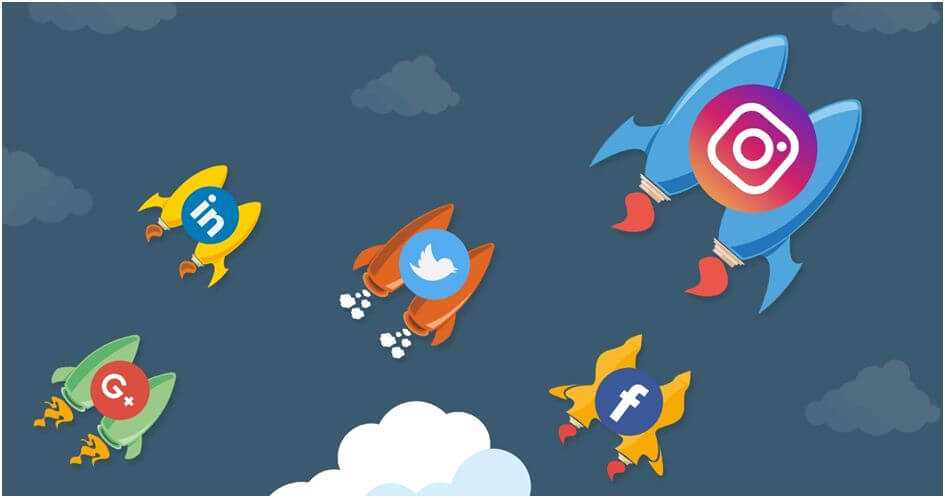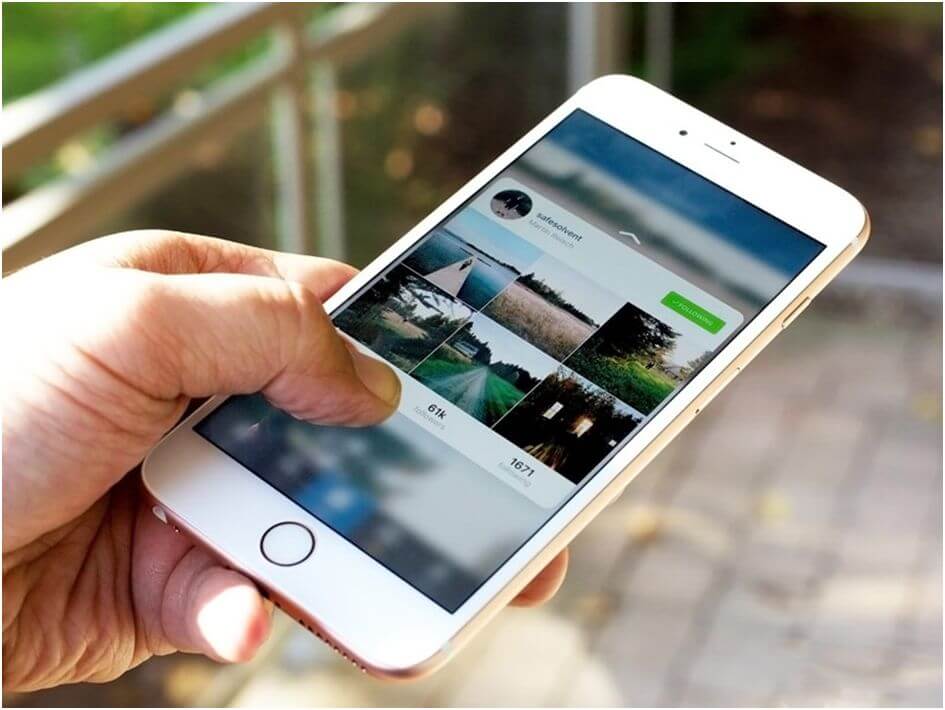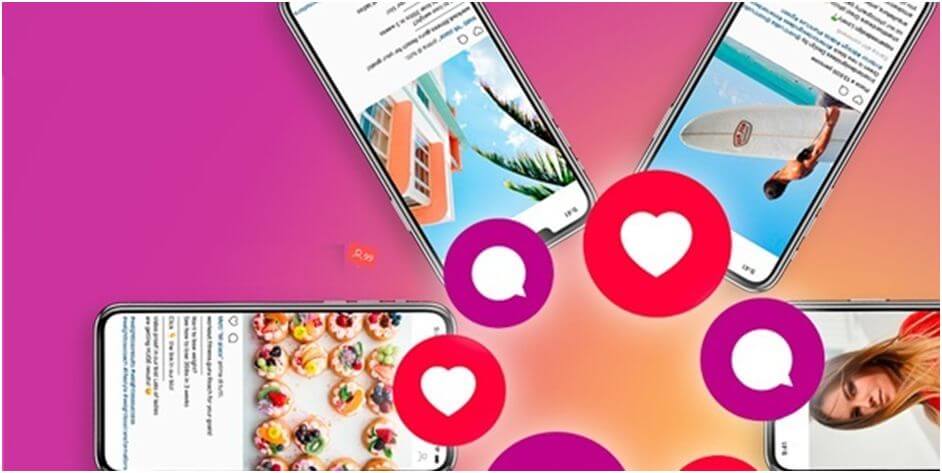When the digital market started growing at an exponential rate, brands world over understood that the transition from offline to online was not too far away. About 2 decades ago, the internet was created. Following this, a number of platforms came up that used the internet as their primary source of operation. Sooner than later, the whole world was plugged into a single, massive network on the internet; this caused boundaries to diminish, and the world did truly get “smaller” per se.
Enter the current time, when the usage of social media platforms has become a very normal, day-to-day activity. Platforms like Facebook, Twitter, and Instagram are buzzing on a second to the second basis with lots of traffic. There is not a single moment in the day when social media isn’t buzzing with some form of activity, which shows the kind of power and reach digital platforms have.

Instagram is one of the most popular social media platforms today, with massive traffic generated on a daily basis. Through Instagram, the wave of social media has become bigger and more powerful over the past decade and has thus managed to make its mark in the online world.
Today, with over 500 million active users, Instagram has grown in terms of user interface since its inception. Brands and companies are also working overtime to get more followers on Instagram and increase their reach. Every now and then, changes and additions have been made to its features. Hence, it’s not surprising that users might have complaints and problems with different features, some of which are quite common across the platform.
The Algorithm Problem: Why and How
Active Instagram users started noticing earlier on in 2024 that they weren’t receiving as much engagement on their posts as they’d like. Fewer likes, fewer comments, and also reduced views on videos. This is only for the existing users of course. New Instagram accounts were facing the problem of reaching a very minimal audience, despite using the right hashtags and geotagging their content. Now, if you’re a brand that wants to obviously build a following and reach out to a larger audience every day, this algorithm can be an absolute nightmare.

This is what the algorithm does: Instagram decided that the chronological order of your Instagram feed wouldn’t work that way anymore. Instead, you’ll only see more posts from accounts whose content you’ve liked and commented on in the past. So, if an account is receiving a lot of engagement on its posts, then the account’s reach is definitely going to expand. However, if you’re a brand new or fairly new user, chances of followers and engagement increasing are quite slim.
There’s another catch to this as well; It’s time-bound. The likes and comments need to come pouring in within the first few hours of the content being posted, else it just doesn’t count. So even if people do start noticing your content a day after it’s been posted, it’s engagement rating is going to be quite low (as per the algorithm).
So, how does one tackle this issue?
While for general users this filtering of content might be beneficial because they only see what they want to see or content that genuinely interested them, for brands and influencers who are planning to expand their presence and reach this can be a major issue.
Hence, there’s a secret, viable way that you can tackle this gap, but whether it’s completely legal or not is something we can talk about later on.
What are Instagram Pods?

Think of Instagram Pods as small groups of friends that basically want to help each other grow. Like group study forums or like small groups on WhatsApp that support the same cause. It’s a more concentrated version of “Hey, you’re good at math, and I’m good at physics, so why don’t we help each other out?”
Instagram Pods involve 15-20 brands/influencers in the same group. When one account makes a post, they inform the others in the Pod about it, and they instantly get onto the post and like/comment on it. What this does is it creates an artificial surge in engagement for that post, ensuring that the account and its content will continue to appear on people’s feeds. It beats the algorithm, in simpler words. And of course, neither Facebook nor Instagram (which is owned by Facebook) approves of this practice. In fact, in the past, a lot of groups on Facebook that have been artificially increasing brand presence and offering “likes for likes” and “comments for comments” have been disabled by the company.
While there is no official ban as such on this practice, if found out, Instagram would probably shut the accounts or the Pod down (or both). Hence, a lot of these Pods are very discreet about the practice and operate on the down low. Purely in terms of numbers and tackling the algorithm, this practice seems to be quite a smart hack, but what are the drawbacks?
For one, the engagement received on the posts isn’t organic but created, so the chances of seeing any translation in terms of actual sales and revenue are doubtful. Your content will appear on feeds for sure, but will it be liked by your actual, intended audience? The people who would be investing in or purchasing your products/services might not be interested even if the frequency of your posts increases.
In the long-run, Instagram Pods are only a superficial way of increasing engagement and reaching out to more people, and will not add on to any brand value. Hence, it’s a safer route to create some truly creative and interesting content that will generate organic engagement and views.
Instagram Pods have been around for a while now, as the loophole was figured out by a few people, but it’s not the most reliable option. However, if you’re looking for a quick fix, then these secret pods can be quite the solution!
Complete Connection provides opportunity to content creators to write for us technology, business, digital marketing, tech, social media and mobile apps. Guest Contributors can also write on WordPress, how to, IT and Social Media topics related guest post topics.